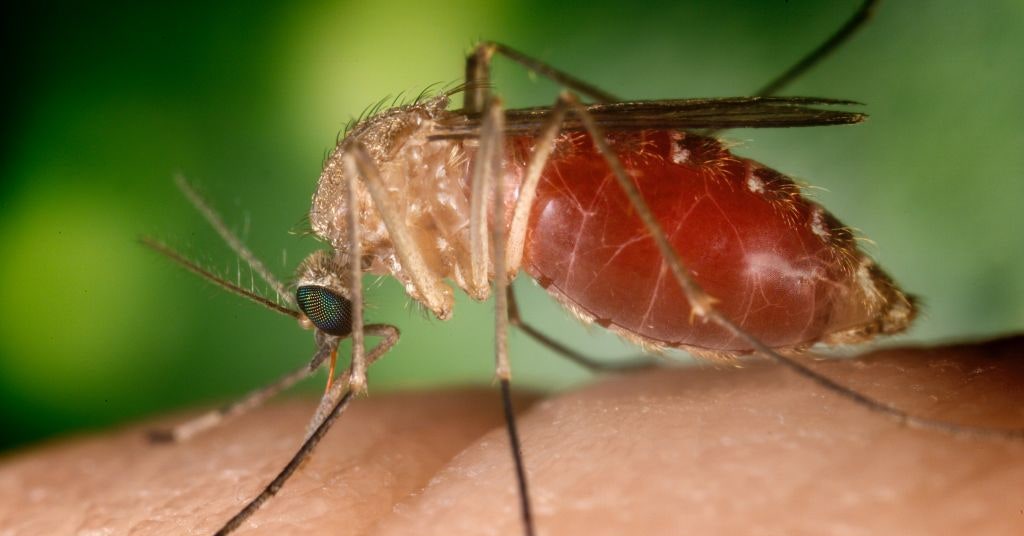Oropouche outbreak The virus has been spreading in the Amazon for decades, but historically the pathogen has caused little trouble to the rest of the world. But this seems to be changing. In 2024, the virus shows it can travel.
Most of the more than 11,000 cases this year have occurred in Brazil and Peru, where the virus is an old acquaintance, but it has also been found in Bolivia, Colombia, Ecuador, Guyana, Panama and Cuba in 2024 — the latter with 603 cases. Are. Also broadcast in the country for the first time. Infected travelers also carried the virus to North America and Europe: this year it was detected twice in Canada and 94 times in the United States – with 90 cases reported in Florida – while 30 imported cases each were found in Spain, Italy and Germany. .
For those who study Oreopouche and other arboviruses – a family of viruses transmitted by arthropods such as mosquitoes and ticks – the situation is worrying. Despite clues about its transmission cycle, there is insufficient information to accurately predict the future behavior of Oropoche. “We have some pieces of the puzzle, but there is no certainty about what role each of them plays,” says Juan Carlos Navarro, director of research at SK International University, where he heads the emerging diseases and epidemiology group. Is.”
The first symptoms of the disease appear suddenly between three and 12 days after the bite, and usually last between four and six days. Symptoms include headache, muscle and joint pain, chills, nausea, vomiting and sensitivity to light. Skin rashes and bleeding from the gums or nose may occur, and in severe cases, meningitis or encephalitis – inflammation of the brain and its membranes – may develop. Oreopouch infection is generally simple, if unpleasant, although two deaths linked to the virus were recorded in Brazil for the first time this year.
Where cases have occurred, researchers are increasingly looking at something that may explain why the virus is emerging and spreading: deforestation. Converting natural land to grow crops, drill for oil or mine for resources “appears to be the main cause of the outbreak,” Navarro says. “It brings together three links: virus, vector. And humans.”
a natural cycle with intervals
In 1955, a young charcoal burner fell ill after working and sleeping for two weeks in the woods near the Oropouche River in Trinidad and Tobago. He had fever for three days. He was the first documented case of Oreopooch virus disease. Since then, dozens of outbreaks have been reported, most of which have occurred in the Amazon basin.
Navarro has devoted 30 years to studying arboviruses such as dengue, equine encephalitis, miro, and since 2016, oreopoche. It has two transmission cycles. In the wild, reservoirs of Oreopouche virus – animals that continue to transmit the virus even if they are not themselves sick – are thought to be non-human primates such as Neotropical marmosets and capuchin monkeys, sloths, rodents, and birds. Either the virus has been isolated from these creatures or antibodies have been found in their systems. Actually, this disease is also known as “sloth fever”. It is not understood what role sloths and non-human primates play in the transmission cycle, Navarro says. “They're probably enhancing the host” – meaning they're probably allowing the virus to rapidly reproduce to higher concentrations in its body.
When an epidemic spreads among humans, a second transmission cycle occurs. In this, people are the amplifying hosts, and the virus is spread among them by blood-feeding insects. The main vector that transfers the pathogen between humans is the midge. Culicoides paraensis, Which is the size of a pinhead and is found from Argentina to the United States. Some studies suggest that Culex and Aedes mosquitoes can also transmit oropouch. In fact, the first isolation of the virus in Trinidad and Tobago occurred from here Coquillettidia venezuelensis, Another type of mosquito.


